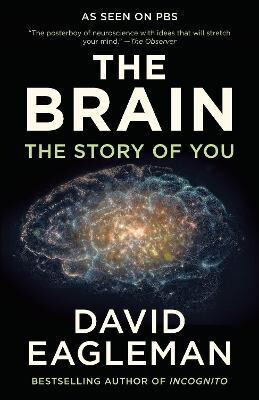
Sasa Lele Starts In11 hrs : 24 mins : 44 secs
Evolution of Silicon Sensor Technology in Particle Physics (English, Hardcover, Hartmann Frank)
Share
Evolution of Silicon Sensor Technology in Particle Physics (English, Hardcover, Hartmann Frank)
Be the first to Review this product
₹121/month
36 months EMI Plan with BOBCARD
Special price
₹3,800
Coupons for you
T&C
Available offers
T&C
Delivery
Check
Enter pincode
Delivery by8 May, Thursday|Free
?
View Details
Highlights
- Language: English
- Binding: Hardcover
- Publisher: Springer-Verlag Berlin and Heidelberg GmbH & Co. KG
- Genre: Science
- ISBN: 9783540250944, 9783540250944
- Pages: 204
Services
- Cash on Delivery available?
Seller
Sathyabooks
(Not Enough Ratings)

Seller changed. Check for any changes in pricing and related information.
- 7 Days Replacement Policy?
See other sellers
Description
In the post era of the Z and W discovery, after the observation of Jets at UA1 and UA2 at CERN, John Ellis visioned at a HEP conference at Lake Tahoe, California in 1983 "To proceed with high energy particle physics, one has to tag the avour of the quarks!" This statement re ects the need for a highly precise tracking device, being able to resolve secondary and tertiary vertices within high-particle densities. Since the d- tance between the primary interaction point and the secondary vertex is proportional tothelifetimeoftheparticipatingparticle,itisanexcellentquantitytoidentifypar- cle avour in a very fast and precise way. In colliding beam experiments this method was applied especially to tag the presence of b quarks within particle jets. It was rst introduced in the DELPHI experiment at LEP but soon followed by all collider - periments to date. The long expected t quark discovery was possible mainly with the help of the CDF silicon vertex tracker, providing the b quark information. In the beginning of the 21st century the new LHC experiments are beginning to take 2 shape. CMS with its 206m of silicon area is perfectly suited to cope with the high luminosity environment. Even larger detectors are envisioned for the far future, like the SiLC project for the International Linear Collider. Silicon sensors matured from small 1in. single-sided devices to large 6in. double-sided, double metal detectors and to 6in. single-sided radiation hard sensors.
Read More
Specifications
Book Details
| Imprint |
|
Dimensions
| Height |
|
| Length |
|
| Weight |
|
Have doubts regarding this product?
Safe and Secure Payments.Easy returns.100% Authentic products.
Back to top




